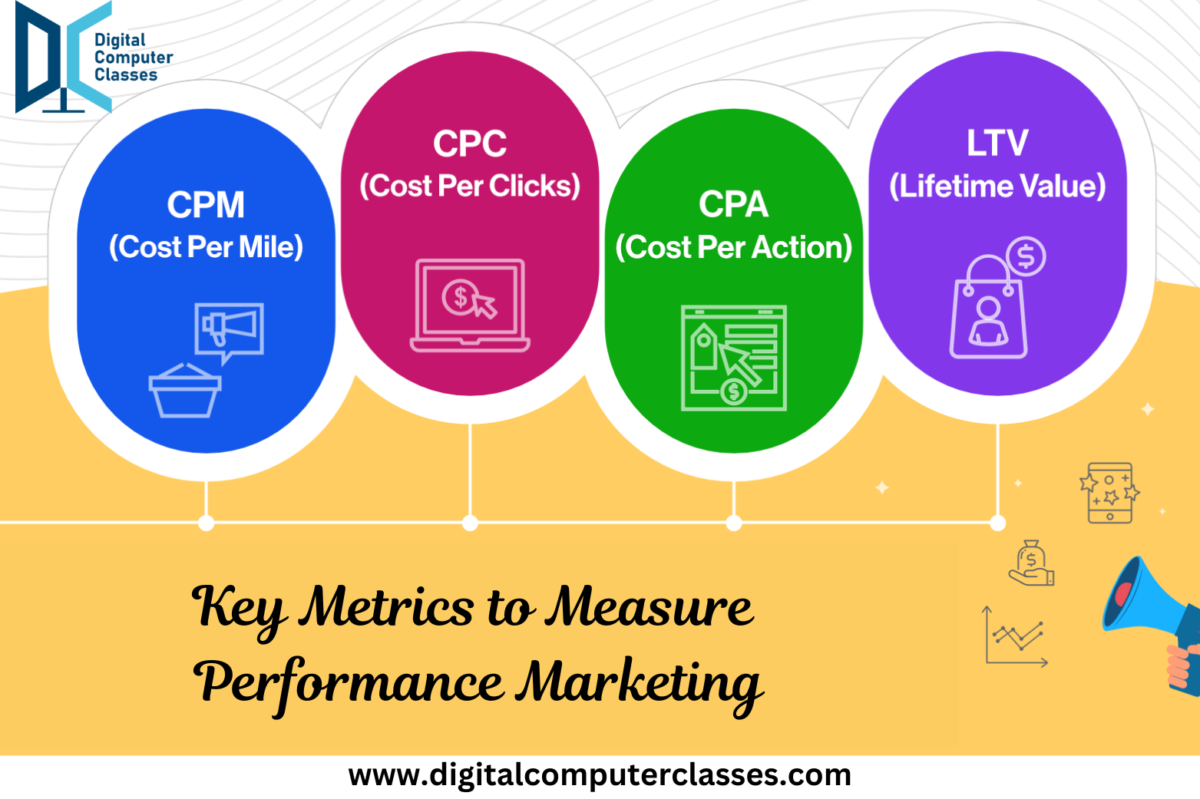In the dynamic world of performance marketing, staying ahead requires more than just executing campaigns. It’s crucial to measure and analyze key performance indicators (KPIs) to understand what’s working and what needs adjustment. This post delves into the ten essential metrics every marketer should monitor to ensure their campaigns are successful and yield the desired return on investment (ROI).
Return on Investment (ROI)
ROI is perhaps the most critical metric as it measures the profitability of your marketing efforts. Calculating ROI involves subtracting the marketing costs from the revenue generated by those efforts and then dividing by the marketing costs. A positive ROI indicates a successful campaign.
Conversion Rate
The conversion rate measures the percentage of users who take a desired action, such as making a purchase or signing up for a newsletter. This metric helps you understand the effectiveness of your marketing strategies in driving user actions.
Cost Per Acquisition (CPA)
CPA is the cost associated with acquiring a new customer. It is calculated by dividing the total marketing costs by the number of new customers acquired. Lower CPA indicates more efficient marketing spending.
Customer Lifetime Value (CLTV)
CLTV predicts the total revenue a business can expect from a single customer account over the duration of their relationship. Knowing your CLTV helps in determining how much you can afford to spend on acquiring new customers.
Click-Through Rate (CTR)
CTR measures the percentage of people who click on your ad after seeing it. It is a good indicator of how well your ads resonate with your target audience. Higher CTR means your ad is compelling and relevant.
Bounce Rate
The bounce rate represents the percentage of visitors who leave your website after viewing only one page. A high bounce rate may indicate that your landing pages are not engaging or relevant to your audience.
Engagement Rate
Engagement rate measures the level of interaction that your content receives from users. This includes likes, comments, shares, and other forms of engagement. High engagement rates typically indicate that your content is resonating with your audience.
Customer Retention Rate
Customer retention rate measures the percentage of customers who continue to do business with you over a given period. High retention rates are a sign of customer satisfaction and loyalty.
Average Order Value (AOV)
AOV tracks the average amount spent each time a customer places an order. Increasing your AOV can significantly impact your overall revenue.
Return on Ad Spend (ROAS)
ROAS measures the revenue generated from your advertising efforts compared to the amount spent on ads. It helps in assessing the effectiveness of your ad campaigns in generating revenue.
Conclusion
Monitoring these key metrics is essential for the success of your performance marketing campaigns. By regularly analyzing and optimizing based on these KPIs, you can improve your marketing strategies, enhance customer satisfaction, and ultimately boost your ROI.

